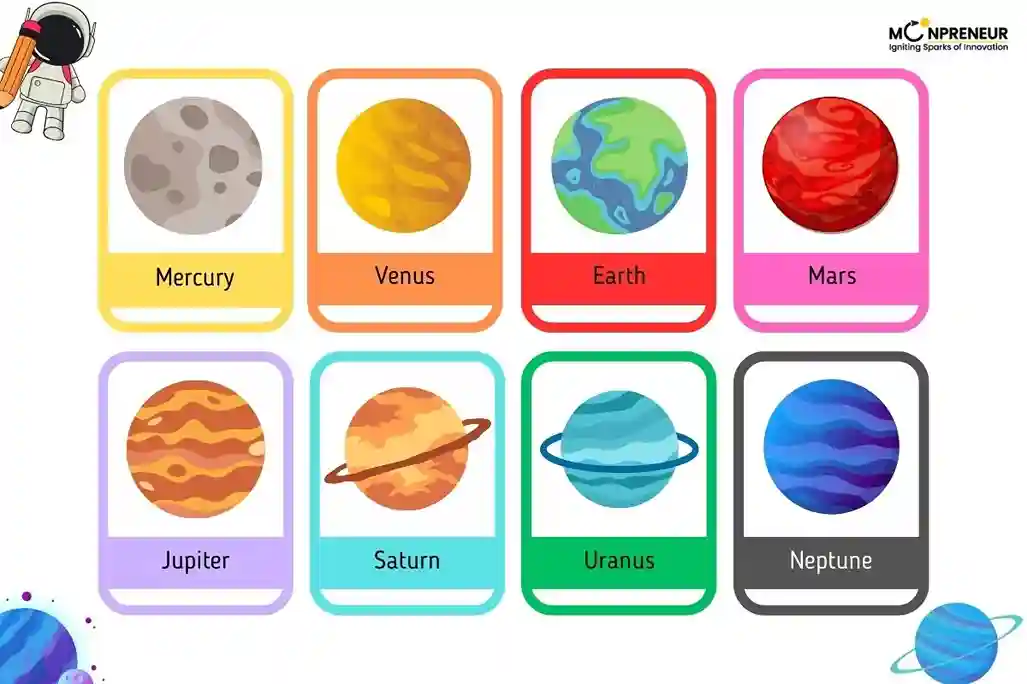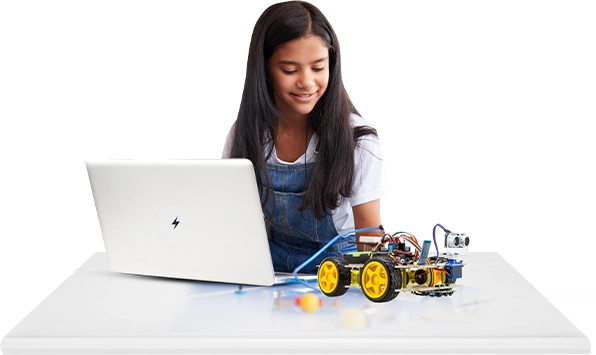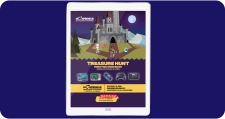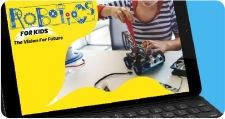Children are natural explorers, and the night sky is one of the most fascinating classrooms they can ever have. The twinkling stars, glowing planets, and mysterious galaxies spark imagination and curiosity in ways textbooks alone cannot. Astronomy activities for kids give them hands-on experiences to learn science, math, creativity, and patience—all while having fun under the stars.
Why Astronomy Matters for Kids
Astronomy is more than looking at stars—it’s about discovery, imagination, and learning important life skills.
- Curiosity and Exploration: Kids learn to ask questions like “Why does the moon change shape?” or “What are black holes?”
- STEM Education: Astronomy blends science, math, technology, and engineering.
- Critical Thinking: Understanding constellations, orbits, and space phenomena improves problem-solving skills.
- Creativity and Imagination: Space inspires stories, drawings, and futuristic ideas.
- Connection to Nature: Observing the sky helps kids appreciate Earth and its place in the universe.
Extended List of Fun Astronomy Activities for Kids
1. Backyard Stargazing
A simple activity where kids observe stars, planets, or the moon with the naked eye. Apps like SkyView or Star Walk can guide them to identify constellations.
2. Moon Phases Calendar
Have kids create a month-long moon chart. Each night, they draw or photograph the moon, learning how it waxes and wanes.
3. Solar System in a Shoebox
Using clay, paper, or Styrofoam balls, kids can build a 3D solar system model in a shoebox to understand planet sizes and distances.
4. Constellation Flashlights
Punch holes in black paper shaped like constellations, attach them to a flashlight, and project stars on the wall—perfect for indoor astronomy fun.
5. Star Map Creations
Print a star chart and let kids color or connect constellations. They’ll learn how star positions change with seasons.
6. Shadow Stick Experiment
Teach kids how ancient astronomers tracked time by planting a stick in the ground and observing how shadows move with the sun.
7. Make a Sundial
Build a sundial with paper plates, sticks, and markers to learn how people measured time before clocks.
8. Planet Size Comparison
Use fruits to represent planets (e.g., a watermelon for Jupiter, a marble for Mercury). Kids instantly grasp the size differences.
9. Space-Themed Crafts
Create rockets, planets, or alien masks with paper and craft supplies to combine creativity with science.
10. Planetarium and Observatory Visits
Nothing excites kids more than seeing the night sky magnified through real telescopes.
How Parents and Teachers Can Encourage Astronomy Learning
- Start Simple: No telescope is needed; begin with naked-eye observations.
- Encourage Journaling: Let kids write or draw about what they see in the sky.
- Use Apps and Books: Kid-friendly resources make learning easier.
- Connect to Everyday Life: Talk about day-night cycles, tides, and calendars.
- Celebrate Astronomy Days: Join events like eclipses, meteor showers, or International Astronomy Day.
Recommended Reading: New Year Activities For Kids
Educational Lessons Kids Learn from Astronomy

- Science Concepts: Gravity, orbits, light, and time.
- Math Skills: Counting stars, measuring angles, understanding distance.
- Problem-Solving: Identifying constellations and predicting moon phases.
- Patience: Stargazing requires waiting and focus.
- Global Awareness: Understanding Earth’s place in the solar system builds perspective.
Recommended Reading: 12 Fun & Educational Artificial Intelligence Games & Activities for Kids
Long-Term Benefits of Astronomy Activities for Kids
- Stronger STEM skills (science, math, tech).
- Improved creativity through space-themed projects.
- Development of observation and critical thinking.
- Early interest in future space careers.
- Better environmental awareness through Earth studies.
Final Thoughts
Astronomy opens a universe of learning for kids. From DIY solar systems to watching meteor showers, these fun activities make education interactive, memorable, and inspiring. When children look up at the stars, they don’t just see lights in the sky—they imagine possibilities, ask questions, and dream of exploration. Encouraging fun astronomy activities for kids today may create tomorrow’s astronauts, scientists, or storytellers.
Moonpreneur is on a mission to disrupt traditional education and future-proof the next generation with holistic learning solutions. Its Innovator Program is building tomorrow’s workforce by training students in AI/ML, Robotics, Coding, IoT, and Apps, enabling entrepreneurship through experiential learning.
FAQs
Ans: Kids can try stargazing, moon phase journaling, building solar system models, making sundials, and creating constellation art.
Ans: No, they can start with the naked eye, binoculars, or star map apps. A telescope adds excitement but isn’t required.
Ans: Astronomy improves STEM skills, creativity, problem-solving, patience, and environmental awareness through hands-on exploration.
Ans: Parents can use space apps, read books, visit planetariums, or do simple backyard activities like identifying constellations.
Ans: They gain stronger science skills, curiosity, critical thinking, creativity, and possibly inspiration for future careers in space and science.






















